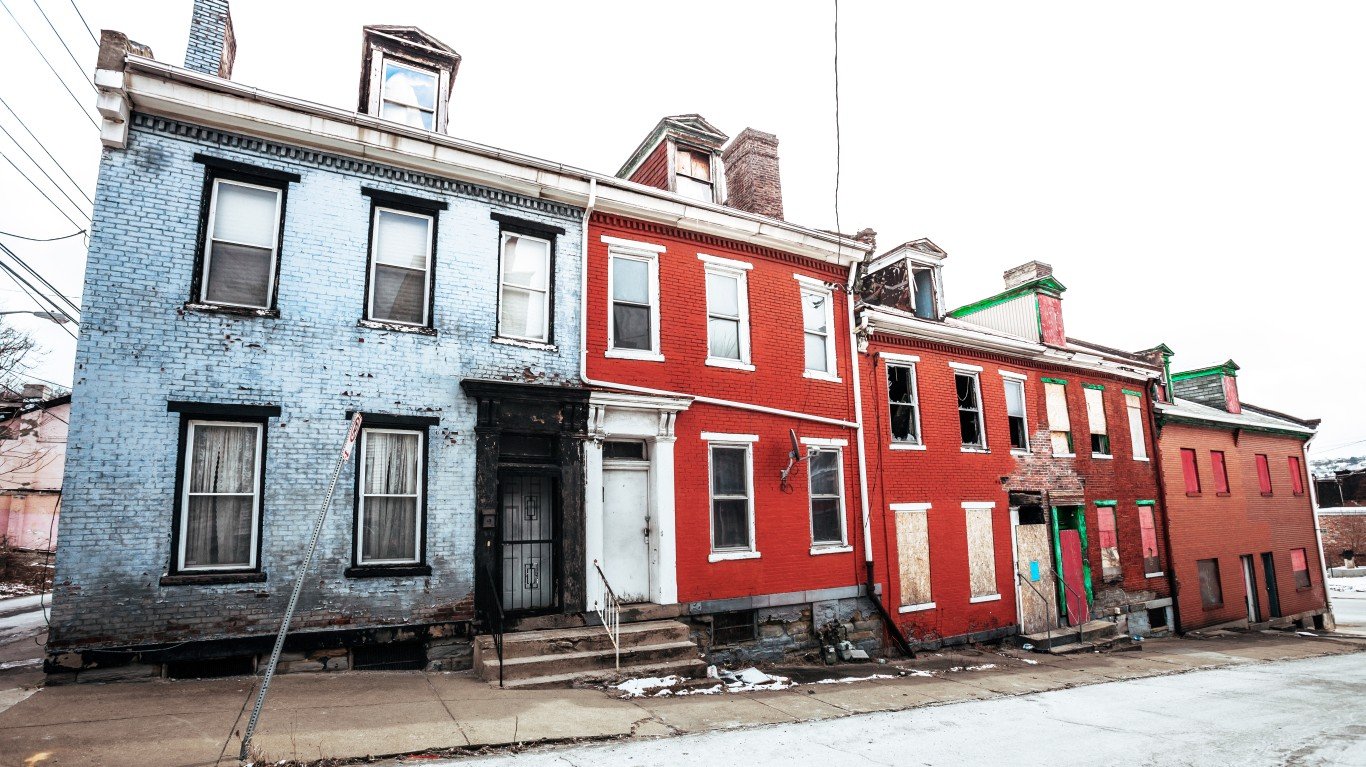
Source: Thinkstock
A distressed sale is a transaction involving a real estate-owned (REO) property or a short sale. In June REO sales accounted for 6.1% of all home sales and short sales accounted for 3.3% of all sales in the month. At the peak of distressed sales in January 2009, 32.4% of all sales were distressed, including REO sales totaling 27.9% of all sales.
The CoreLogic report noted:
The ongoing shift away from REO sales is a driver of improving home prices since bank-owned properties typically sell at a larger discount than short sales. There will always be some amount of distress in the housing market, and by comparison, the pre-crisis share of distressed sales was traditionally about 2 percent. If the current year-over-year decrease in distressed sales share is maintained, the distressed sales share would reach that “normal” 2-percent mark in mid-2019.
The 5 states with the largest percentage of distressed sales were Florida (20.7%), followed by Maryland (20.6%), Michigan (20.2%), Connecticut (19.1%), and Illinois (18.9%). Only North Dakota and the District of Columbia remain within one point of their respective pre-crisis distressed sales shares. Nevada had a 6.4-point drop in its distressed sales share from a year earlier, the largest decline of any state, and California had the largest improvement of any state from its peak distressed sales share, falling 58.6% from its January 2009 peak of 67.4%.
Among the 25 largest metropolitan areas these 5 posted the largest percentage of distressed sales:
- Orlando-Kissimmee-Sanford, Florida (23.8%)
- Miami-Miami Beach-Kendall, Florida (22.3%)
- Tampa-St. Petersburg-Clearwater, Florida (22.3%)
- Chicago-Naperville-Arlington Heights, Illinois (21.7%)
- Baltimore-Columbia-Towson, Maryland (21%).
Warren-Troy-Farmington, Michigan, had the largest year-over-year drop in its distressed share, falling by 6.6 points from 19.8% in July 2014 to 13.2% in July 2015. Riverside-San Bernardino-Ontario, California, had the largest overall improvement in its distressed sales share from its peak value, dropping from 76.3% in February 2009 to 11.7% in June 2015.
Essential Tips for Investing: Sponsored
A financial advisor can help you understand the advantages and disadvantages of investment properties. Finding a qualified financial advisor doesn’t have to be hard. SmartAsset’s free tool matches you with up to three financial advisors who serve your area, and you can interview your advisor matches at no cost to decide which one is right for you. If you’re ready to find an advisor who can help you achieve your financial goals, get started now.
Investing in real estate can diversify your portfolio. But expanding your horizons may add additional costs. If you’re an investor looking to minimize expenses, consider checking out online brokerages. They often offer low investment fees, helping you maximize your profit.
Thank you for reading! Have some feedback for us?
Contact the 24/7 Wall St. editorial team.



